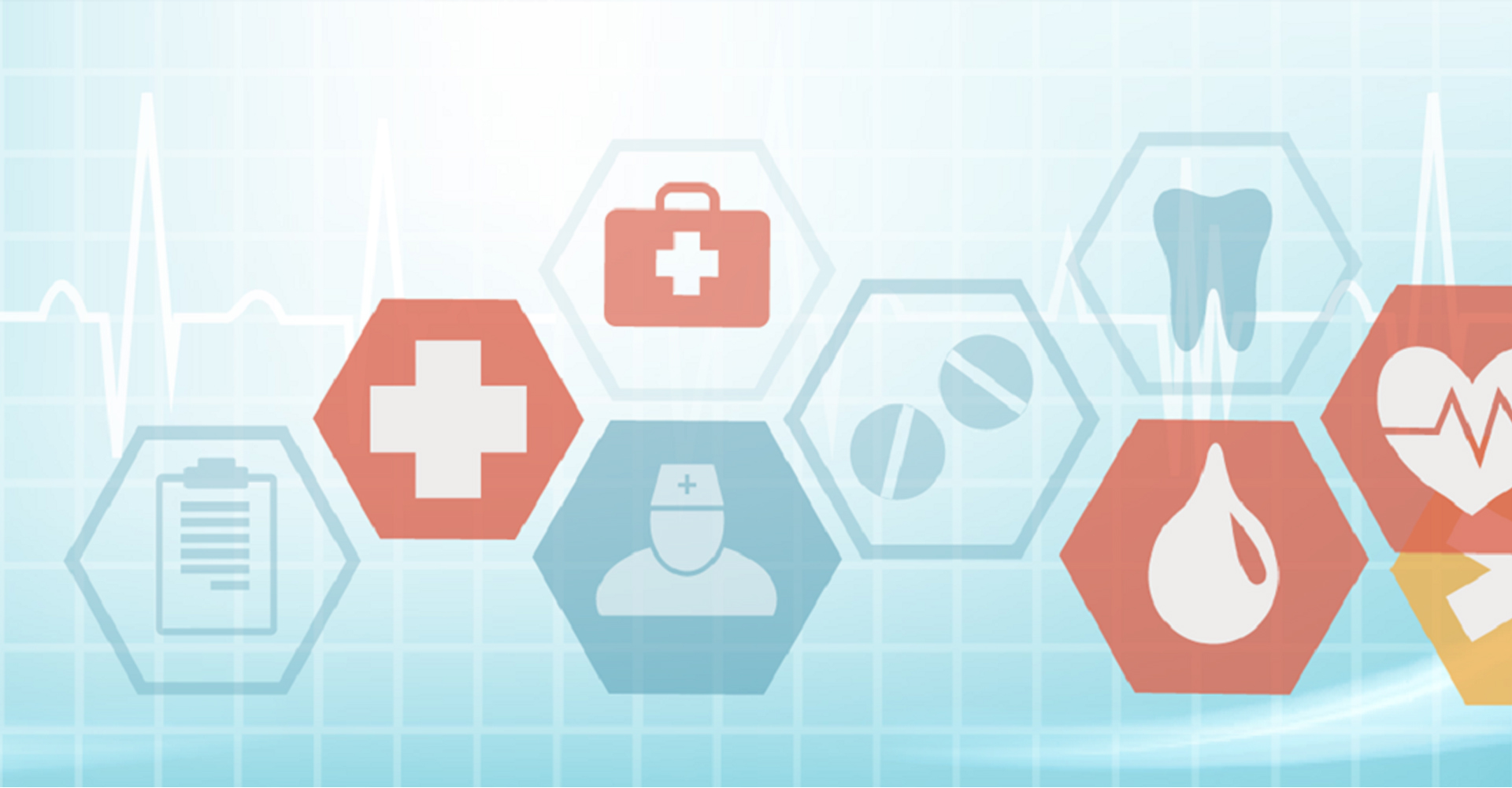AAPC designed a syllabus for Certification of professional Coding. This syllabus is completed in 3-4 month and then you have to qualify the examination with 70% or higher.
The CPC Exam
- 150 multiple choice questions (proctored)
- 5 hours and 40 minutes to finish the exam
- One free retake
- $380 ($300 AAPC Students) - one free retake
- Open code book (manuals)
Syllabus
The COC examination covers the questions of CPT, HCPCS Level II procedure and supply codes and ICD-10-CM diagnosis codes used for coding and billing outpatient facility/hospital and freestanding ASC services to insurance companies. COC Exam covers following topics thoroughly.
10,000 CPT Series
- 10 questions
- Surgical procedures performed on the integumentary system
- Skin, subcutaneous, and accessory structures
- Nails
- Pilonidal cysts
- Repairs
- Destruction
- Breast
20,000 CPT Series
- 10 questions
- Surgical procedures performed on the musculoskeletal system
- Head
- Neck
- Back and flank
- Spine
- Abdomen
- Shoulder
- Arm
- Hand and fingers
- Pelvis and hip
- Leg
- Foot and toes
30,000 CPT Series
- 10 questions
- Surgical procedures performed on the respiratory system
- Nose
- Accessory sinuses
- Larynx
- Lungs and pleura
- Surgical procedures performed on the cardiovascular system
- Heart and pericardium
- Arteries and veins
- Surgical procedures performed on the hemic and lymphatic systems
- Spleen
- Lymph nodes and lymph channels
- Surgical procedures performed on the mediastinum and diaphragm
40,000 CPT Series
- 10 questions
- Surgical procedures performed on the digestive system
- Lips
- Mouth
- Palate and uvula
- Salivary gland and ducts
- Pharynx, adenoids, and tonsils
- Esophagus
- Stomach
- Intestines
- Appendix
- Rectum
- Anus
- Liver
- Biliary Tract
- Pancreas
- Abdomen, peritoneum, and omentum
50,000 CPT Series
- 10 questions
- Surgical procedures performed on the urinary system
- Kidneys
- Ureter
- Bladder
- Urethra
- Surgical procedures performed on the male reproductive system
- Penis
- Testis
- Epididymis
- Tunica
- Scrotum
- Vas deferens
- Spermatic cord
- Seminal vesicles
- Prostate
- Surgical procedures performed on the female reproductive system
- Vulva, perineum, and introitus
- Vagina
- Uterus
- Fallopian Tubes
- Ovaries
- Maternity and Delivery
- Surgical procedures performed on the endocrine system
- Thyroid gland
- Parathyroid
- Thymus
- Adrenal glands
- Pancreas
- Carotid body
60,000 CPT Series
- 10 questions
- Surgical procedures performed on the nervous system
- Skull, meninges, brain
- Spine
- Spinal cord
- Extracranial nerves
- Peripheral nerves
- Autonomic nervous system
Evaluation and Management
- 10 questions
- Office/Other Outpatient
- Hospital Observation
- Hospital Inpatient
- Consultations
- Emergency Department
- Critical Care
- Nursing Facility
- Domiciliary and Rest Homes
- Home Services
- Prolonged Services
- Case Management
- Care Plan Oversight
- Preventive Medicine
- Non-Face-to-Face Services
- Special E/M
- Newborn Care
- Neonatal and Pediatric Critical Care and Intensive Care
- Complex Chronic Care Coordination
- Transitional Care Management
Anesthesia
- 8 questions
- Time reporting
- Qualifying Circumstances
- Physical Status Modifiers
- Anesthesia for surgical, diagnostic and obstetric services
Radiology
- 10 questions
- Diagnostic Radiology
- Diagnostic Ultrasound
- Radiologic Guidance
- Mammography
- Bone and Joint Studies
- Radiation Oncology
- Nuclear Medicine
Lab and Pathology
Medicine
Medical terminology
- 8 questions
- Covers all system in human body
Anatomy
- 8 questions
- Covers all system in human body
ICD-10-CM
- 10 questions
- ICD-10-CM Offical Guidelines for Coding and Reporting
- Diagnosis for all the chapters included in ICD-10-CM
- Diagnosis questions will also appear in other sections of the exam from the CPT® categories
HCPCS level II
- 5 questions
- Modifiers
- Supplies
- Medications
- Professional services for Medicare patients
Coding Guideline
- 6 questions
- ICD-10-CM Official Guidelines for Coding and Reporting
- CPT coding guidelines and parenthetical notes
- Modifier use
Coding Guideline
- 5 questions
- Services covered under Medicare Parts A, B, C and D
- Apply coding to payment policy
- Place of service reporting
- Fraud and Abuse
- NCCI edits
- NCD/LCD
- HIPAA
- ABNs
- RVUs
